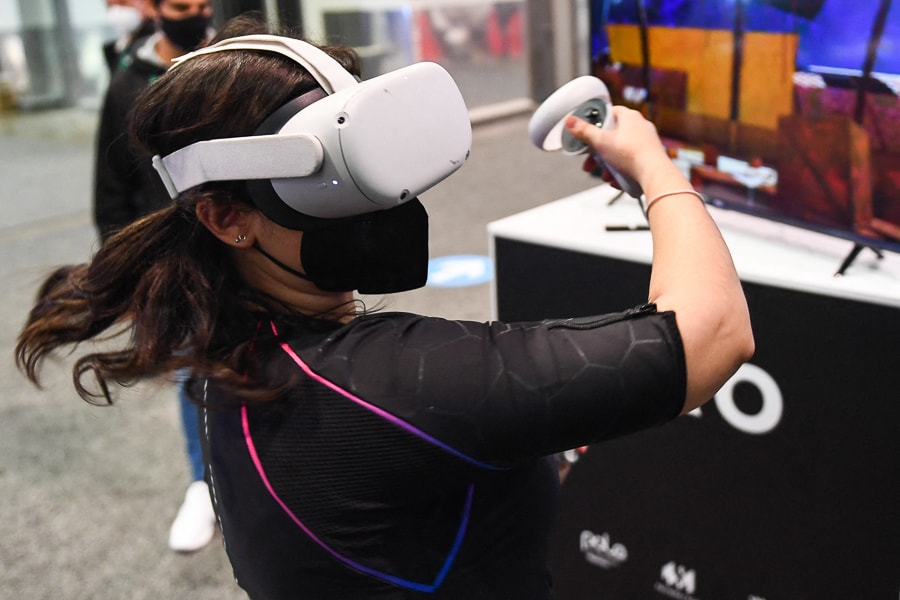
Storyboard18 - Marketers are arriving in the metaverse. What's next?
Touted as the next big thing in digital marketing, marketers' invasion of metaverse has begun. Though plenty of work is still pending on the realisation of a true metaverse ecosystem, some brands are moving in fast
 Image: Patrick T. Fallon /AFP via Getty Images
Image: Patrick T. Fallon /AFP via Getty Images
“You take the red pill, you stay in Wonderland and I show you how deep the rabbit-hole goes.” Remember this famous dialogue from The Matrix? Two decades later, marketers are asking the same question. The Wonderland and rabbit hole here is the metaverse.
“Unlike Web 2.0, where it took a pandemic to adopt digital across categories due to the massive consumer base on digital, Web 3.0 is at least being discussed and clients are open to hearing about the possibilities,” said Anjali Malthankar, national strategy director, Tonic Worldwide.
In the hybrid world, going forward, virtual stores in the metaverse should not be just treated as a novelty or fad but “an extended reality for the consumers to experience and buy virtually,” Malthankar told Storyboard18.
But before we get into what brands can do in the metaverse, it’s alright to ask just what exactly is 'metaverse'?
Second life with slightly better graphics?
Lokesh Rao, cofounder and CEO at Trace Network Labs that is helping luxury and lifestyle brands fulfil their metaverse aspirations, has a simple definition to demystify the concept.
Simply put, the metaverse is an immersive digital space for people to engage with activities, events, and other people for entertainment, collaboration, and fulfilling digital aspirations which are at times not possible, expensive or too far-fetched for people in real life.




